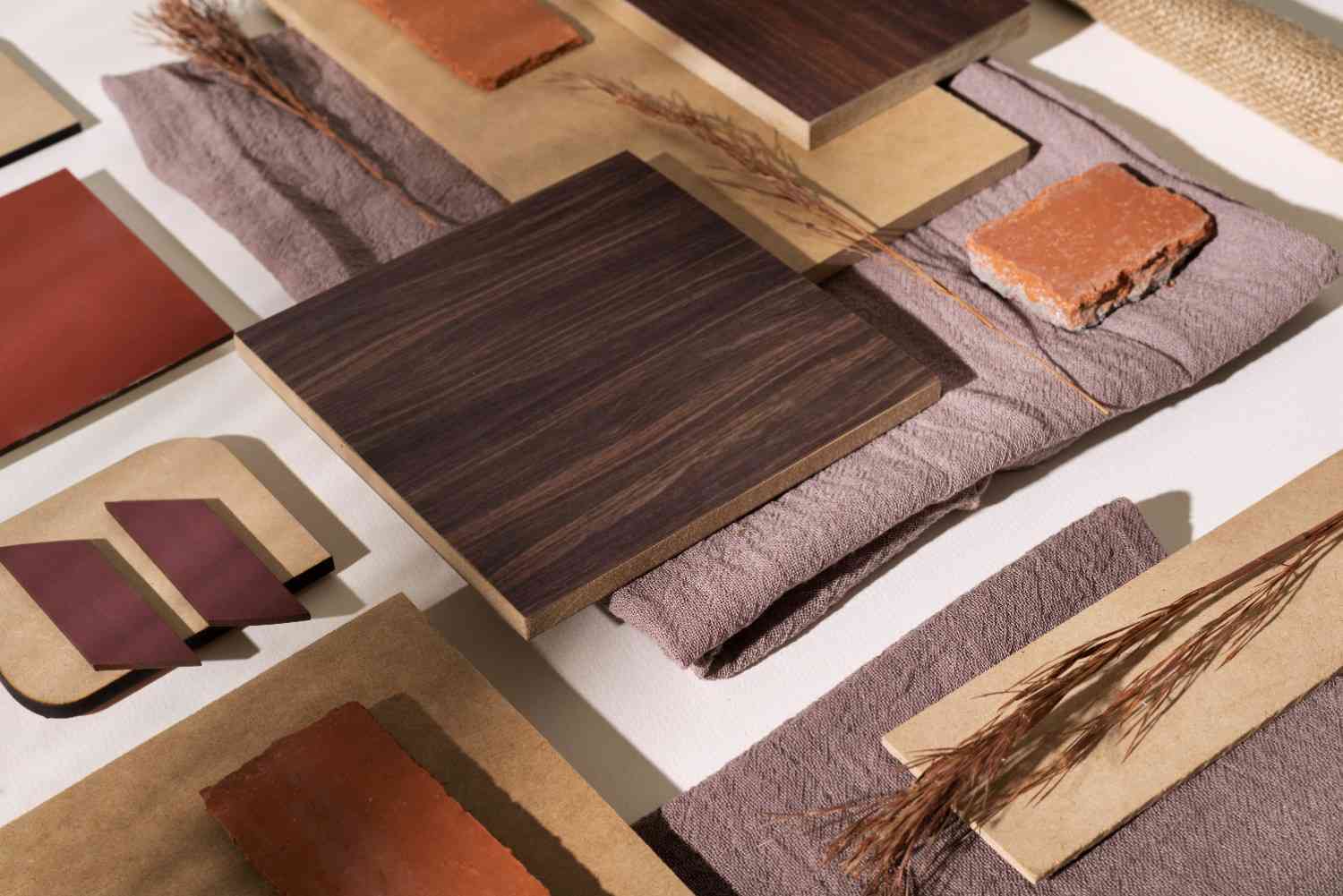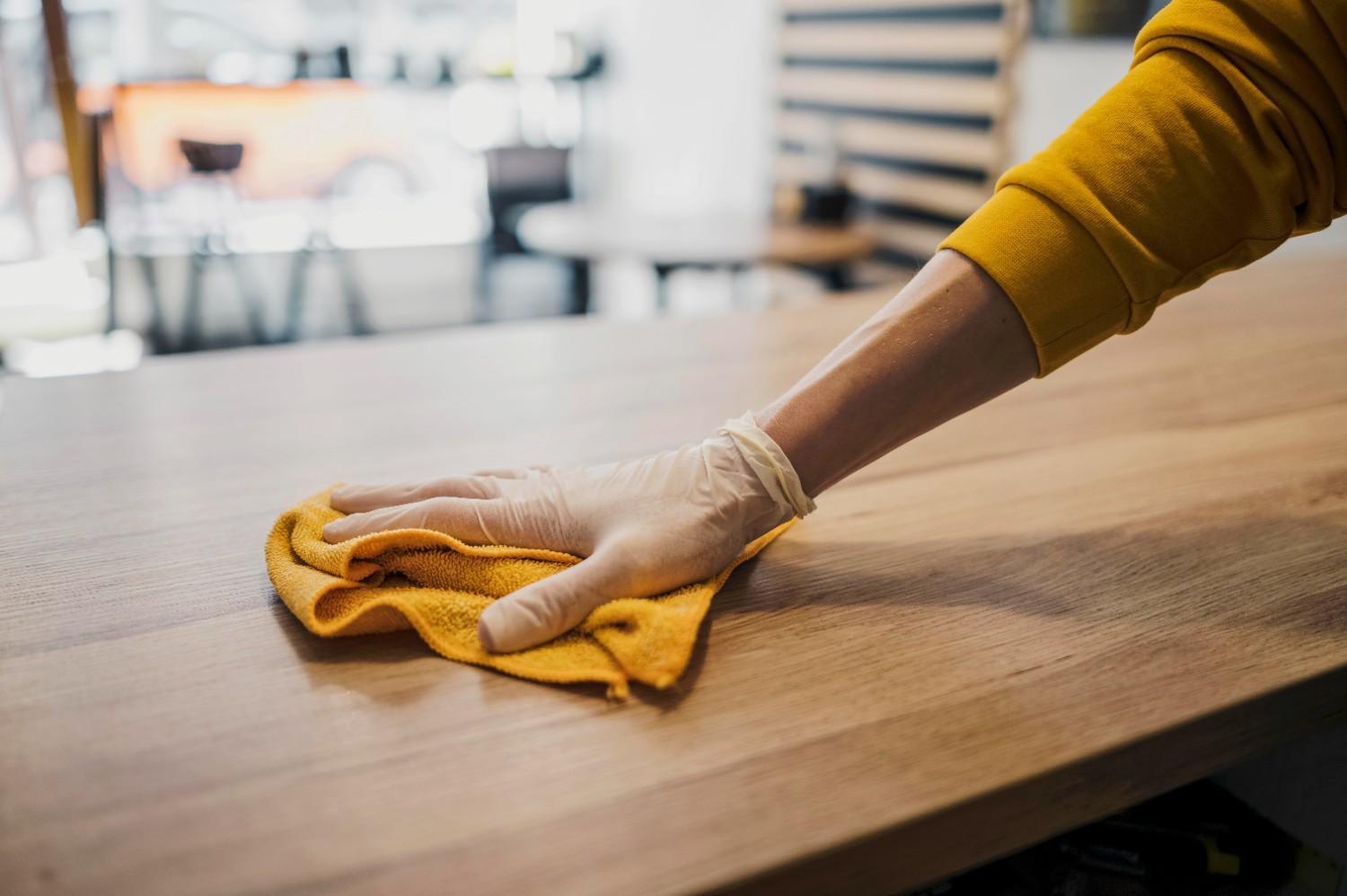22nd Apr 2025
Step-by-Step Guide to Applying Teak Oil on Different Wood Types
The care of wooden furniture and surfaces requires regular maintenance for beauty retention as well as increased lifespan. The application of teak oil to wood surfaces delivers the recommended protection while simultaneously enhancing their genuine appearance. This oil works on both inside and outside wood to beautify surfaces and increase their longevity. The following guide details the proper technique for applying the oil to different types of wood.
What is Teak Oil?
A mixture of natural oils and varnishes called teak oil consists of linseed oil and tung oil or mineral oil. It enters deep into wood structures to supply nourishment that surpasses surface-only treatments. Wood develops an elegant, enriched surface appearance through this process. Due to its penetrating ability, the oil stands out as an ideal treatment for dense hardwoods, particularly when used on teak trees, mahogany, and rosewood wood species.
Teak Oil vs. Other Wood Finishes (Tung, Linseed, etc.)
It provides a quick drying period with a subdued sheen finish when applied to wood, whereas pure tung and linseed oils exhibit slower drying times. The wood finish maintenance and reapplication process becomes simpler. This oil offers superior protection against UV rays compared to regular wood treatment oils, thus safeguarding wood surfaces from sun damage. It dries quickly, which makes it the perfect choice when people need a quick finish that lasts a long time.
Benefits of Using Teak Oil on Wood
The oil provides multiple advantages when applied to wood.
- The treatment revives dull and faded surfaces of wood.
- It defends wood against drying while protecting it against cracking and moisture damage.
- The application of this oil brings out the wood's original hues and grain patterns to enhance its appearance.

Types of Wood Suitable for Teak Oil
It offers specialized benefits to different wood varieties based on their density and usage environment.
Teak and Other Tropical Hardwoods
The oil functions as an optimal wood-staining solution for teak wood and it provides suitable protection to additional tropical hardwood varieties including ipe, mahogany, and acacia. And this oil penetrates deep into wooden surfaces so you achieve a natural appearance with no excessive residue buildup.
Softwoods (Cedar, Pine)
This oil displays different application results when used on softwoods, including cedar and pine. The increased porosity of softwoods leads to more rapid oil absorption, which necessitates multiple coating applications and regular touch-ups. Following this method allows you to achieve maximum protection and finish across these wood types.
Indoor vs. Outdoor Wood Surfaces
Outdoor wood furniture benefits substantially from the usage of this oil as a protective treatment. UV protection and moisture resistance make this substance outstanding for outdoor use. Outdoor wood furniture receives prolonged beauty and longevity because of these oil applications. When used indoors, the oil enhances wood appearance while needing less maintenance than outdoor wooden furniture.
Tools and Materials You’ll Need
The process of properly applying this oil on wood requires the following tools and materials:
- A high-quality brand of the oil
- Clean lint-free cloths or foam brushes
- Sandpaper (120–220 grit)
- Protective gloves
- A drop cloth or tarp to cover areas near your work when applying this oil.
You need these tools because they help create a uniform application of the oil while keeping your workspace protected.
Preparing the Wood Surface
The proper preparation techniques are required for teak oil on wood to gain deep absorption while creating a smooth, enduring finish.
Cleaning the Surface
The initial step for such oil’s application on wood involves cleaning the surface. To ensure maximum oil penetration, remove all debris and dust by wiping the wood with water and a cloth. Let the wood surface reach total dryness before starting the oil application. Cleaning the surface allows the oil to fully soak into the wood since dust and debris do not block its penetration.
Sanding for Better Absorption
A necessary step before the treatment involves a light sanding process. The 120–220 grit sandpaper treatment of the surface helps increase wood pore penetration so the oil absorbs better. After sanding, dust removal is crucial because it will allow the wood to absorb the oil evenly and produce a polished finish.

How to Apply Teak Oil (Step-by-Step)
The proper application sequence of this oil includes multiple steps which enables better penetration and produces a polished appearance of the wood surface.
Step 1 – Apply the First Coat
Use a clean cloth or foam brush to apply the first oil layer on wood surfaces. Apply the oil with care across wood grain lines. Leave the wood to absorb the oil for 15-30 minutes. The wood grains absorb the oil through this soaking process, which results in a better overall appearance.
Step 2 – Wipe Off Excess Oil
Wipe any leftover oil from the wood surface with a clean cloth after the wood has absorbed the liquid. This excess oil removal through wiping prevents your surface from becoming sticky. Proper application produces an even surface that is free of stickiness. Wiping wood with the grain direction helps preserve its natural appearance.
Step 3 – Allow to Dry
After removing the excess oil, allow the surface to dry completely before proceeding. The drying duration depends on atmospheric moisture and lasts from a few hours to an overnight period. Keep the space ventilated for faster drying.
Step 4 – Apply Additional Coats (Optional)
Wood requires multiple layers of the oil if you need stronger color saturation and increased protection. Follow the step-by-step oil process again by letting it penetrate each layer fully and then removing surplus oil as you proceed while waiting for complete drying between coats. The number of coats you apply depends on your protective needs and desired finish.
Maintenance Tips After Application
Apply the oil to wood items placed outdoors every 3 to 6 months to maintain their optimal state. Indoor furniture needs teak oil maintenance yearly or when signs of dryness appear. Use a mild soap solution to clean the surface of dust and debris before continuing with a new coat. Proper storage of furniture during harsh weather protects the wood and extends its lifespan.
Common Mistakes to Avoid
These are the missteps you should avoid when applying teak oil on wood:
- Never apply the oil over dirty or sealed wood surfaces.
- Avoid applying too much oil. Always wipe off excess to prevent buildup.
- Be patient during the drying process. Don’t rush between coats.
Final Words
Teak oil functions as an easy method to preserve wood surfaces while letting their natural aesthetics shine. When following proper procedures, you can use teak-stained wood or any hardwood, including mahogany, to preserve both functionality and appearance. Using teak oil correctly, along with regular maintenance, will sustain your wooden furniture's perfect condition for many years. The above-discussed easy-to-understand steps will maintain your wood surfaces' durability and charm so they appear fresh and attractive for years.
You should consider high-quality wood-finish architectural films that reproduce the natural wood appearance and combine it with a longer lifespan and simplified upkeep.

